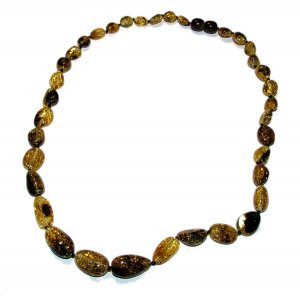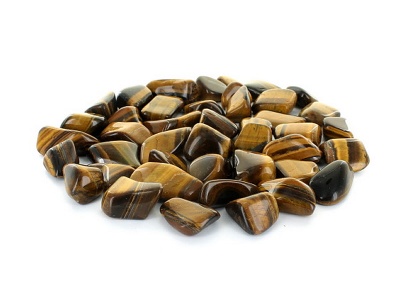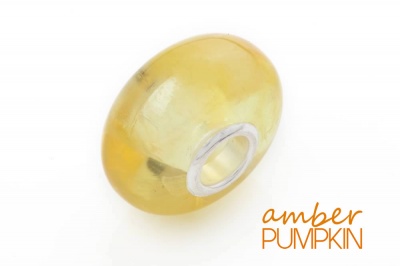Unveiling the Mystique of Baltic Amber: Beyond the Teething Tale
Baltic amber has captured the fascination of many for its exquisite beauty and alleged therapeutic properties. While it has been traditionally associated with teething and soothing discomfort in infants, regulations and ethical considerations have prompted a shift in how we discuss Baltic amber. In this blog post, we delve into the reasons behind the restrictions on mentioning teething and explore the broader spectrum of benefits that Baltic amber has to offer.
The Teething Conundrum: Historically, Baltic amber has been widely recognized for its use in alleviating teething discomfort in babies. Parents and caregivers have turned to amber necklaces and bracelets as a natural remedy, believing in its ability to reduce inflammation and provide comfort. However, the regulatory landscape surrounding children's products has become increasingly stringent, prompting a reevaluation of how we communicate the benefits of Baltic amber.
Regulatory Restrictions: In recent years, regulatory bodies, such as the Consumer Product Safety Commission (CPSC) in the United States as well as others in the UK and Europe, have raised concerns about the safety of using amber teething jewelry for infants. The primary issue lies in the potential choking hazard and strangulation risk posed by these products. As a result, many businesses have been advised or required to refrain from marketing Baltic amber specifically for teething purposes.
Ethical Considerations: Apart from regulatory concerns, there are ethical considerations surrounding the use of Baltic amber for teething. Some argue that relying on natural remedies, like amber, may delay seeking proper medical advice for a child's health issues. Additionally, there is limited scientific evidence to support the effectiveness of Baltic amber in easing teething discomfort, which further underscores the importance of approaching such claims with caution.
Expanding the Conversation: While we may not be able to explicitly mention teething in the context of Baltic amber, it's essential to explore the broader array of benefits associated with this mesmerizing gemstone. Baltic amber is renowned for its anti-inflammatory and analgesic properties, making it a popular choice for those seeking natural relief from conditions like arthritis and joint pain.
Beyond its potential therapeutic benefits, Baltic amber is a symbol of cultural heritage and craftsmanship. Mined from the shores of the Baltic Sea, each piece carries a unique history and charm. Amber has been used in jewelry and artifacts for centuries, adding a touch of timeless elegance to its wearer.
Conclusion: In reframing the narrative around Baltic amber, we move beyond the limitations imposed by regulatory concerns and ethical considerations. While the era of marketing it explicitly for teething may have waned, the allure and potential benefits of Baltic amber persist. Embracing its rich history and exploring its broader therapeutic possibilities allow us to appreciate this remarkable gemstone beyond the confines of a single narrative. As we navigate the evolving landscape of consumer safety and well-being, let us embark on a journey to discover the multifaceted beauty and potential of Baltic amber.

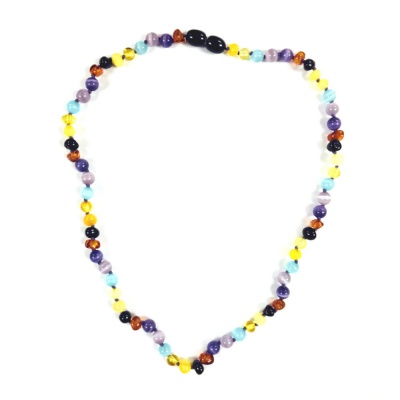
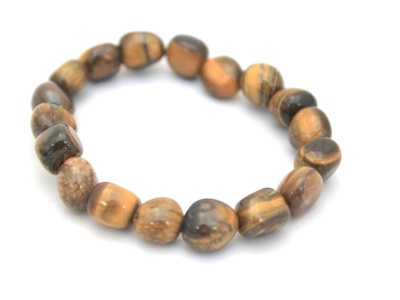
.jpg)
